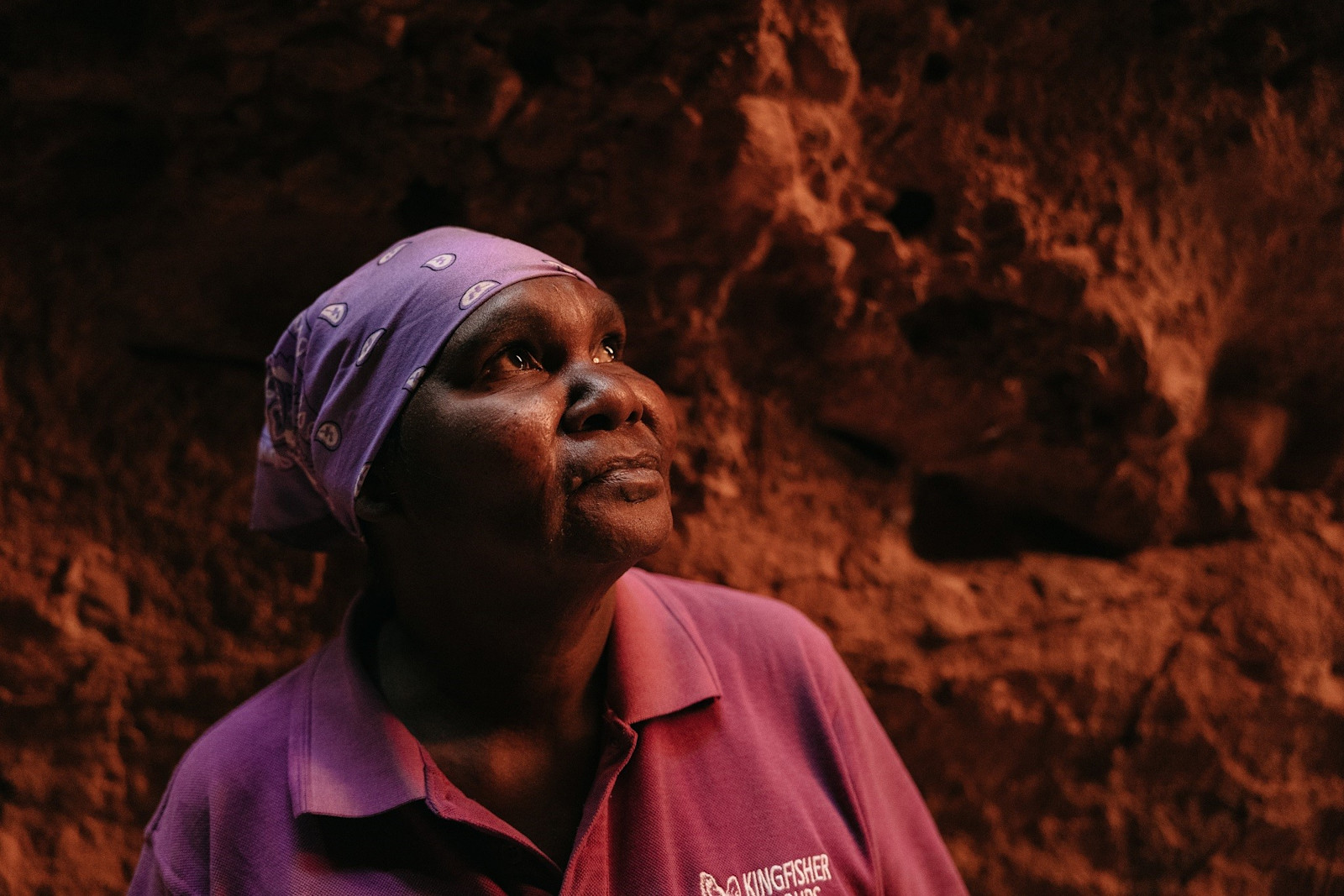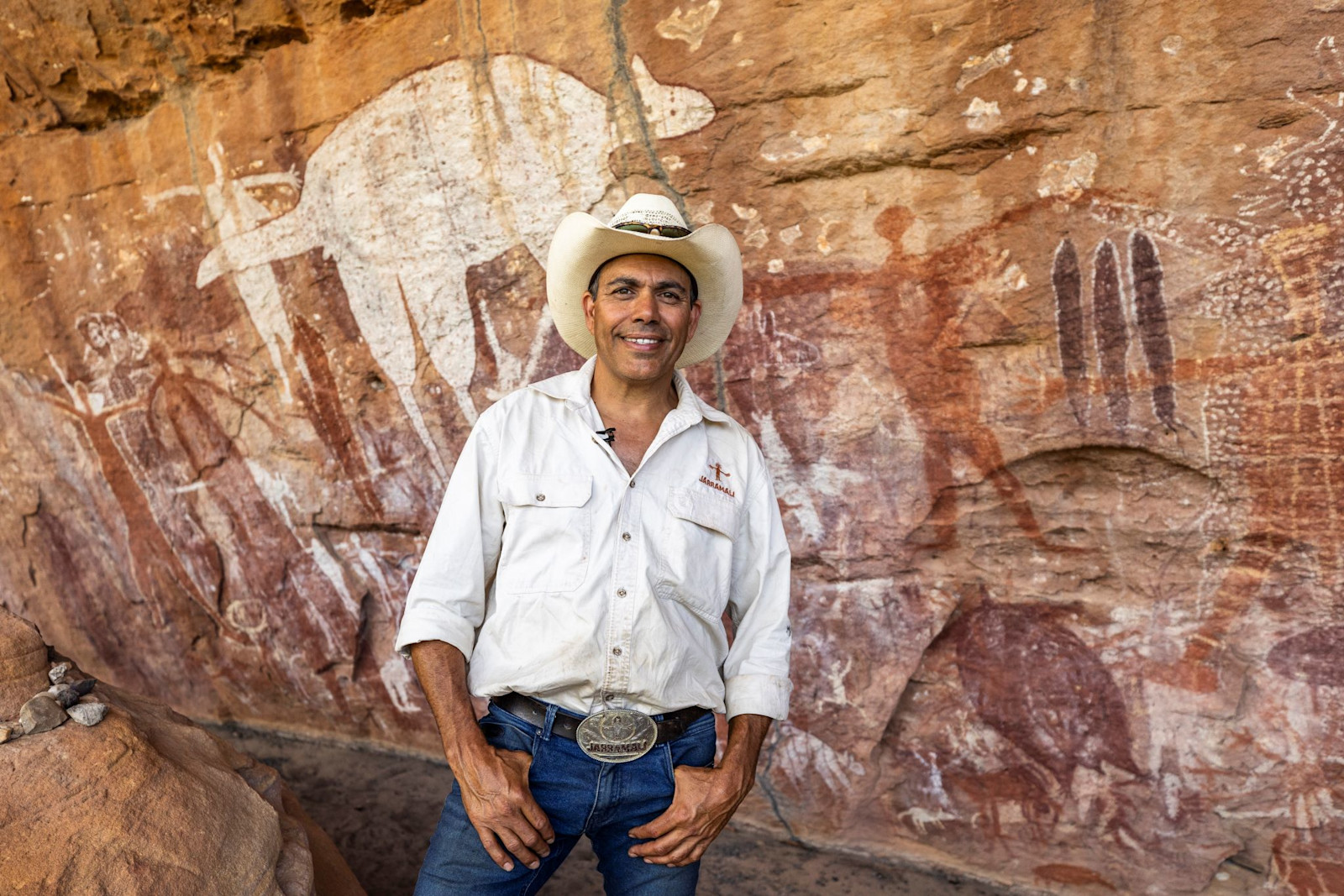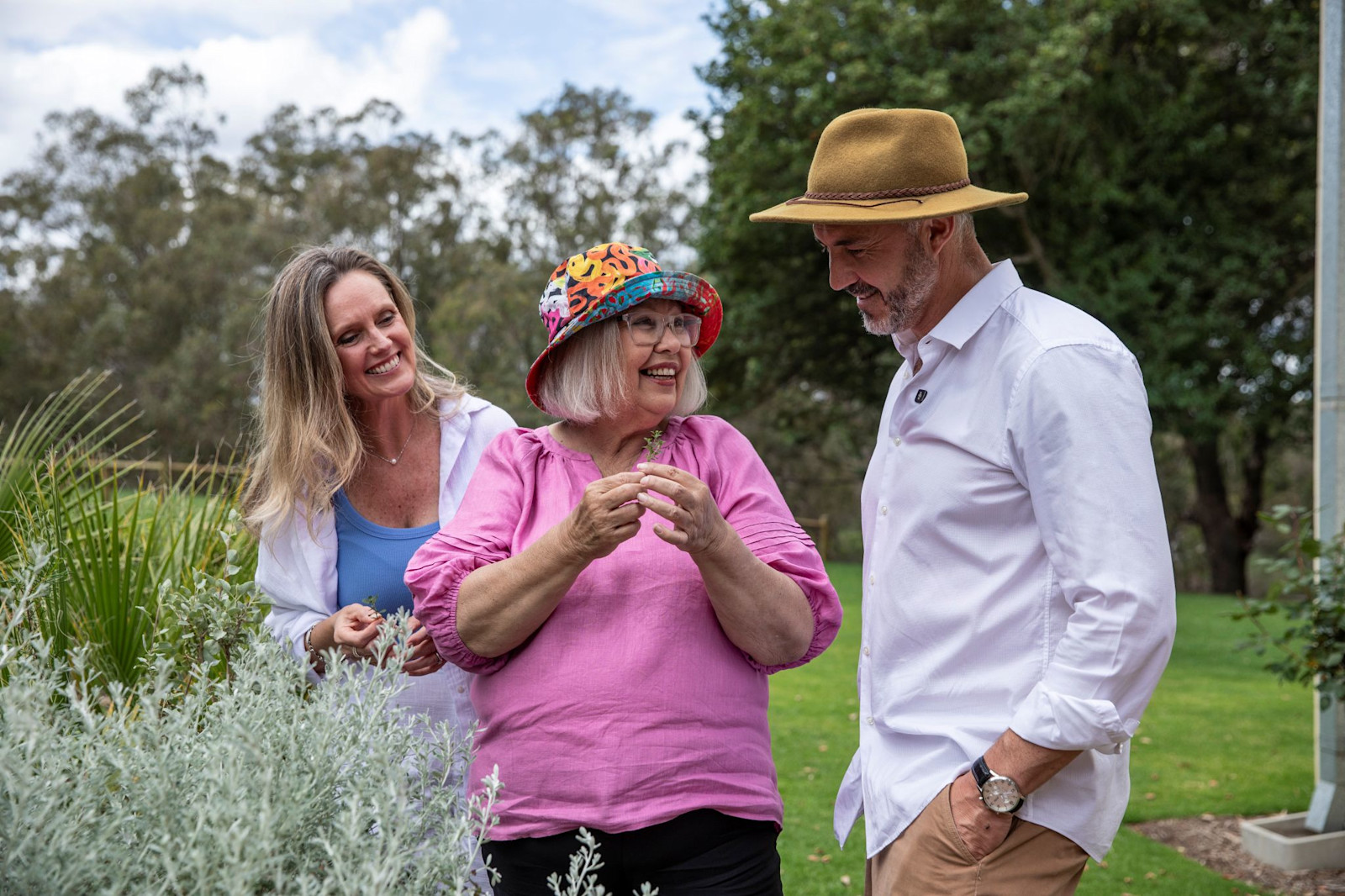Guide to the emu in Aboriginal cultures
A constant figure in Creation stories and an important source of food and medicine, the emu – Australia’s tallest native bird – features prominently in both Aboriginal cultures and diet.

Emu, Bundyi Cultural Tours, Wagga Wagga, New South Wales © Tourism Australia
What are emus?
They may be big and flightless, but emus can pick up speed if they need to – up to 50 kilometres per hour, in fact. Native to Australia, they can be found roaming most corners of the country, except Tasmania / lutruwita, where they were declared extinct in the mid-1800s. Nomadic creatures, emus tend to follow water sources, favouring open plains where they can see potential predators, as well as forests and woodlands. They’re not typically aggressive toward humans, but emus can turn if they’re nurturing chicks or fear a threat.
Why are emus significant to Aboriginal cultures?
They’re the inspiration behind dances, feature prominently in art, and are the subject of astrological mythology and other Creation stories – emus have long been an important part of Aboriginal cultures. “Up there, in the Milky Way, there’s the emu constellation,” says Darren ‘Capes’ Capewell of Wula Gura Nyinda Eco Cultural Adventures in Western Australia’s Shark Bay region. “Its footprint is marked by Australia’s best-known constellation, the Southern Cross. A shift in the constellation’s position indicates when it’s a good time to hunt emu or collect its eggs.”
Emus and their eggs are traditionally hunted as a source of protein, but Aboriginal communities don’t waste any part of the bird. “The fat of the emu is used for oil, their bones for knives, tendons for string, feathers for ceremonial adornments,” says Capes. You can try out that emu oil when you book a bush tucker tour with Dale Tilbrook Experiences in the Swan Valley region of Western Australia. “It’s great when rubbed on arthritic or sore joints,” says Dale.

Wula Gura Nyinda Eco Cultural Adventures, Shark Bay, Western Australia
Where can I see (and taste) an emu?
Sign up for a Francois Peron Camping Tour or Didgeridoo Dreaming Night Tour with Wula Gura and you’ll not only spot the emu constellation after dusk falls, but also learn other starry Creation stories as told by Capes. When the sun’s out, wild emus are a common sight around this pocket of Western Australia, and depending on the time of year, you’ll see them with a parade of fluffy chicks. For more celestial storytelling, don’t miss the four-course, native ingredient-inspired Tali Wiru dinner, hosted by Voyages Indigenous Tourism Australia and backdropped by Uluru in the Northern Territory – after your meal, an Aboriginal astronomer will point out the emu and other significant constellations.

Two emus at Wilpena Pound Resort, South Australia © Tourism Australia
Emus are also a common sight around the tents and cabins of Wilpena Pound Resort in the Ikara-Flinders Ranges National Park, about 400 kilometres north of Adelaide / Tarntanya. This is Adnyamathanha Country, marked by vast red canyons and plains home to a number of spiritual rock art sites. The countryside is just as dramatic along the Great Ocean Road at Tower Hill in Victoria, an inactive volcano that became the state’s first national park. It’s a natural magnet for native wildlife, including koalas, kangaroos and plenty of emus, which you’ll spot on a tour via local Aboriginal cooperative Worn Gundidj @ Tower Hill.

Emu and chicks, Worn Gundidj @ Tower Hill, Victoria © Tourism Australia
Aboriginal artists across the country represent the emu in different ways, whether they’re painting on rock walls, paper, bark or canvas. At Queensland’s Quinkan rock art sites north of Cairns, guides on a Jarramali Rock Art Tour point out emus as well as crocodiles, kangaroos, echidnas, barramundi, catfish and birds. “I can show you the whole structure of our society by looking at that gallery,” says Jarramali owner Johnny Murison.












